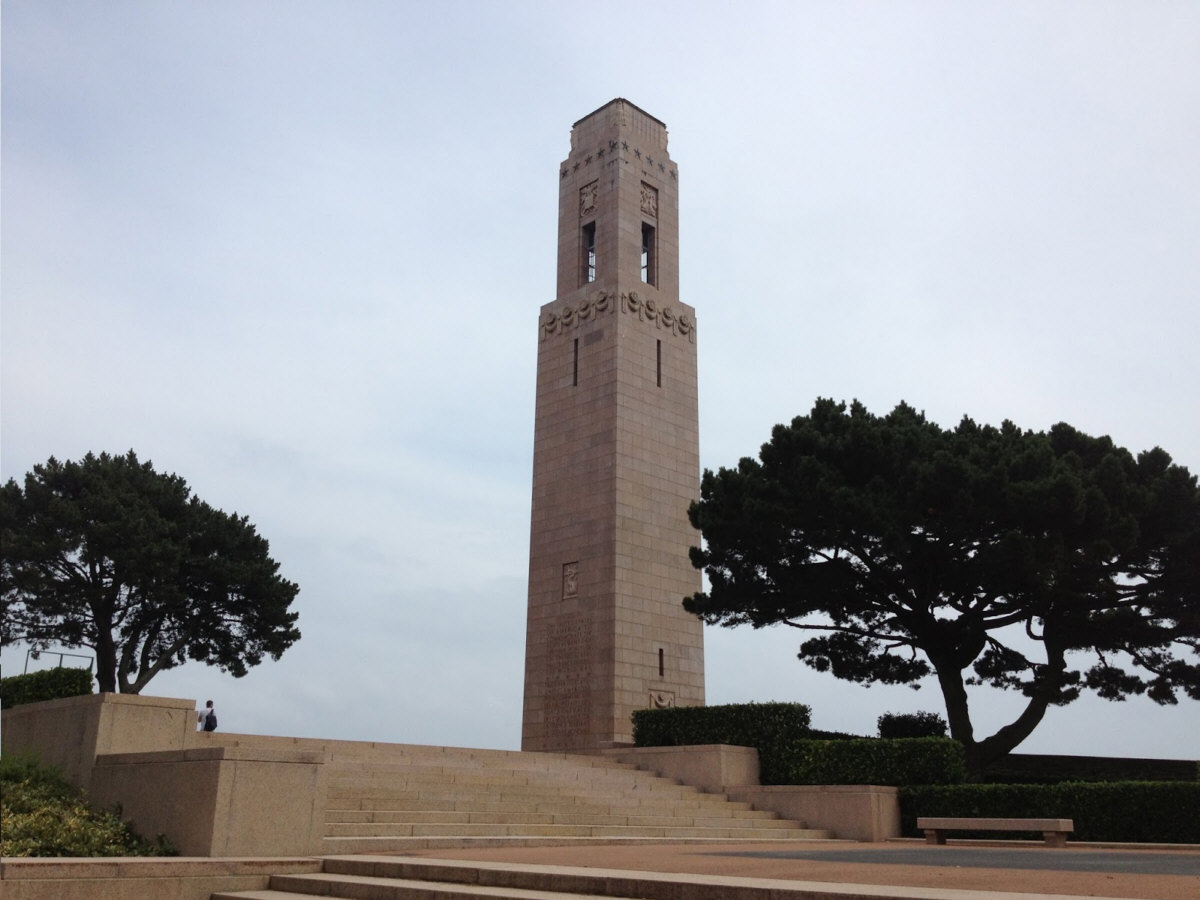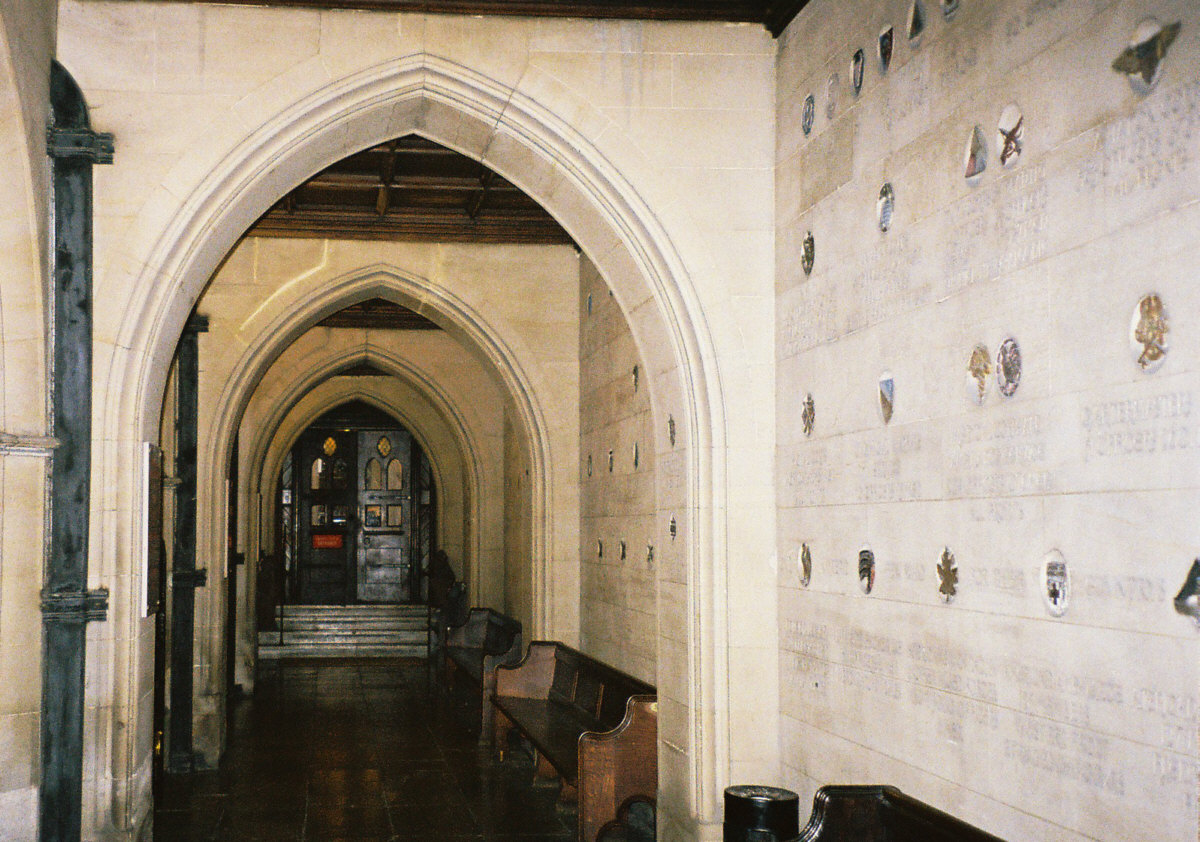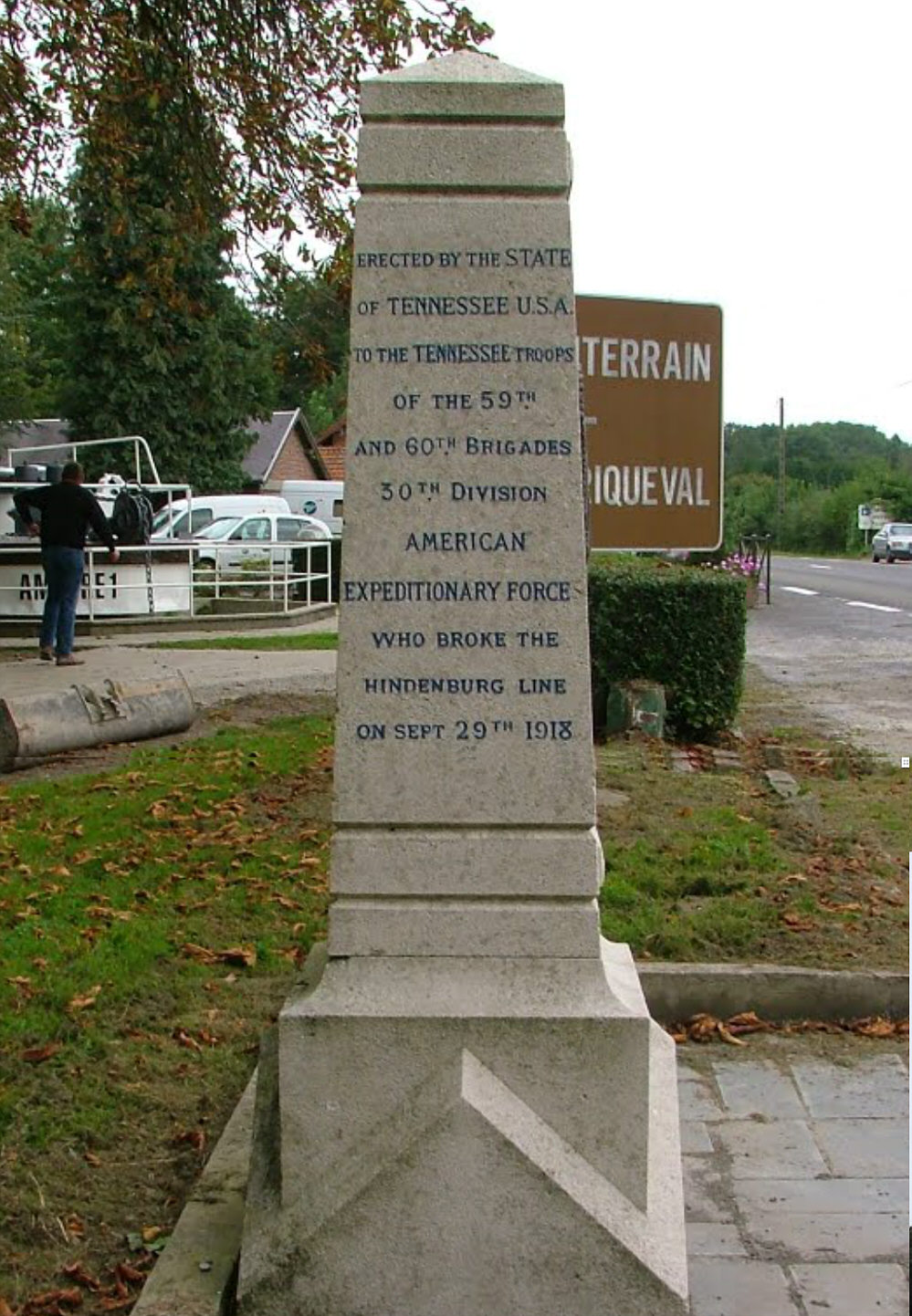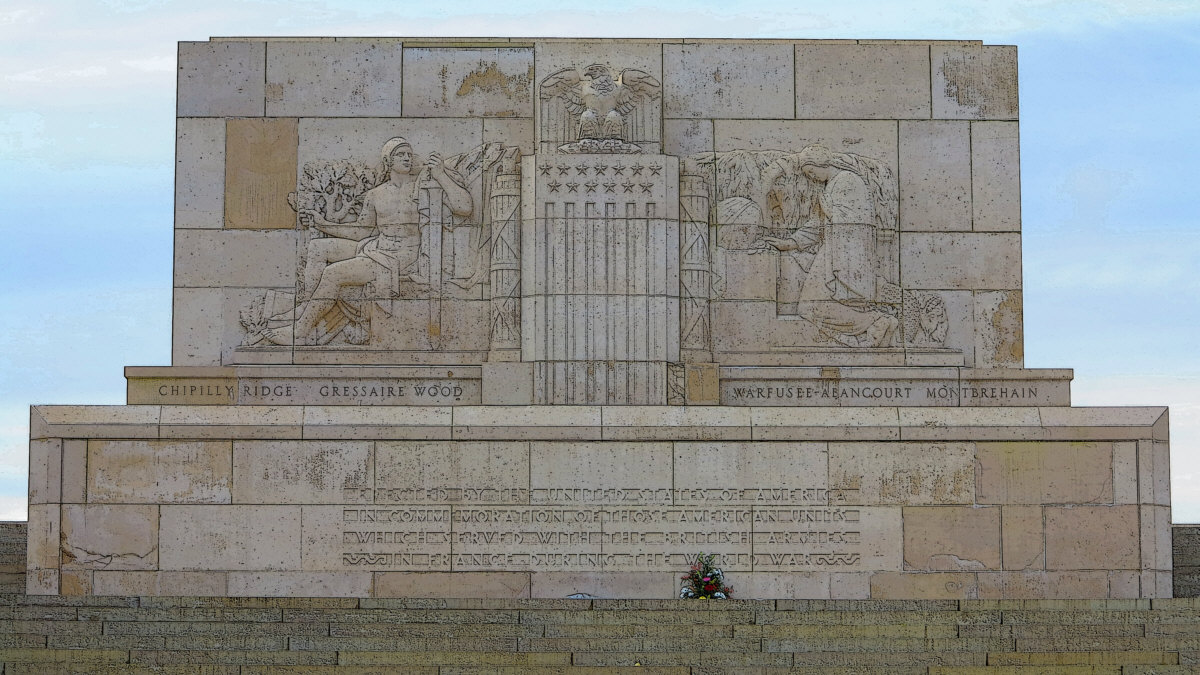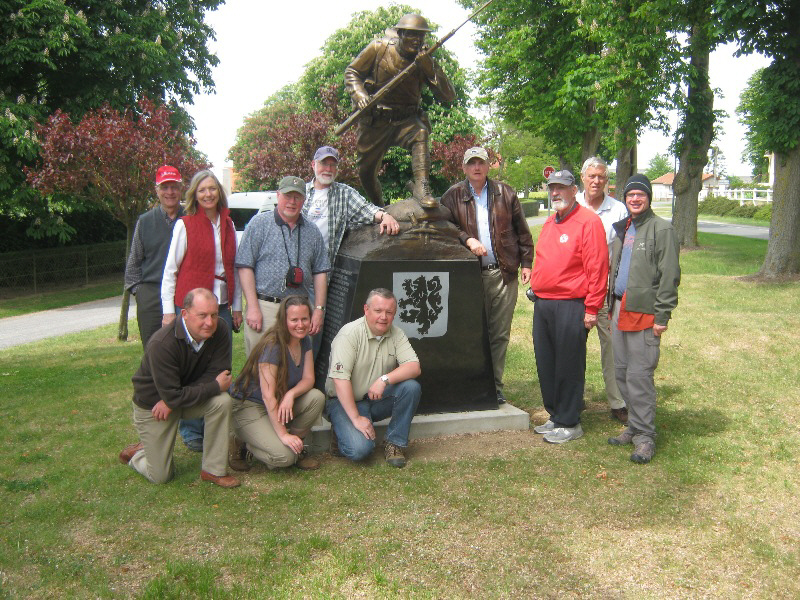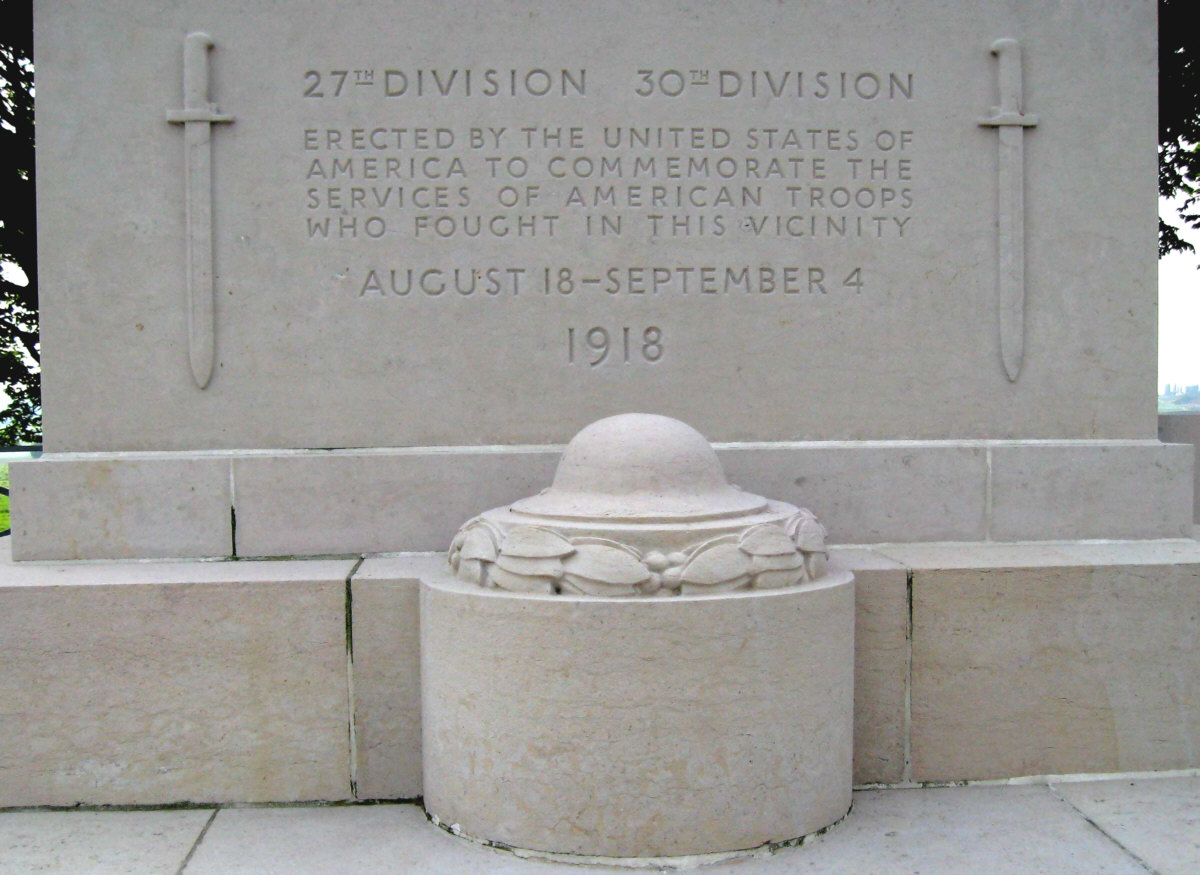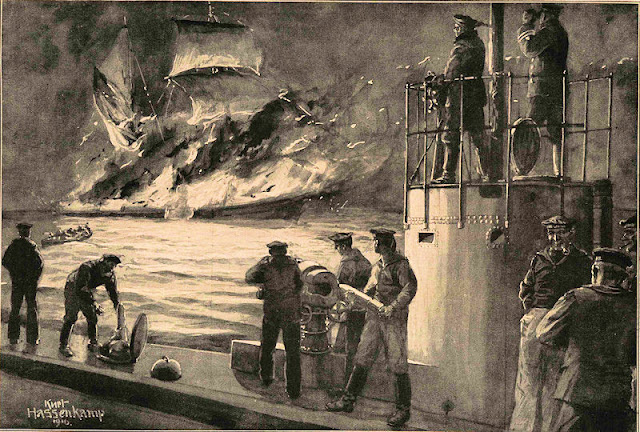California at War: The State and the People During World War I
by Diane M. T. North
University Press of Kansas 2018
 |
| California Draftees of the 91st Division Training at Camp Lewis, Washington |
When I first heard about this book being released, I was very excited. It's somewhat easy to find books, or websites, devoted to the efforts of Eastern and many Midwestern states in the Great War. For the most part, once the story gets west of the Mississippi, less is available to read. Considering I am heavily involved in the commemoration of the war in California, I'd been wanting to find a book like this since 2014! I put it on my birthday gift idea list and eagerly waited until the book ended up in my possession.
Dr. North no doubt did her research. Though the book runs nearly 500 pages, nearly 40 percent of the text is notes, indexes, and the like. California at War, much like the American Experience PBS series from last year, heavily tilts toward social history. A lengthy introduction sets the scene, and then the volume is broken down into three main sections: the war overseas, the home front, and the security state.
The chapters on the war overseas are filled with information (some of which was new to me), and yet they feel somewhat cursory. Both the men and the women who made it to Europe are profiled. I rather had the feeling that Dr. North would have skipped this section entirely if she could have. This is unfortunate since it was the part of the book I had the most interest in. However, I have no question that it was the topic that was of least appeal to the author.
The book then moves to the home front, filled to the brim with information on the war economy, wages for workers, the influenza pandemic, the military bases that sprung up here, the agricultural boom, and topics of that sort. The author pointed out the efforts to round up slackers and made it seem like it was a huge crisis. However, when she related the numbers of those who tried getting out of serving, it was a very low percentage. All in all, the section on the home front was a bit dry but still interested me. If you are curious about patriotic civilian organizations, inflation, scientific experiments in the name of the war effort, the numbers of tons of supplies, or the vast logistical effort that the Golden State contributed, these chapters are for you.
Finally we come to the stuff that Dr. North obviously was most interested in. She delves into and dissects various organizations such as the American Protective League, the Council of Defense, and other organizations that spied on and intimidated people in order to try and quash dissent. The levels of the surveillance network were quite amazing considering the time period and it is somewhat eye-opening what some older folks can do if they are bored, have a cause, and a lot of time on their hands!
I know she meant these chapters to be scary and horrific for the reader—and in many ways they were. However, I could not share her all-consuming outrage. Dr. North's political bent seeps in all through the book—and I guess I can't fault that. However, there's only so many times I could read her blaming "white men" for such things. (E.g. pages 222, 232, 243.)
Dr. North is a big social justice believer, and something about her righteous tone got under my skin. I knew what I was in for early on when she described Emma Goldman simply as an "anti-war and birth control advocate." This is about as innocent a description as I could possibly imagine for the anarchist philosopher. North largely blames moneyed interests for getting us into the war to begin with (both in the introductory and epilogue chapters), which is a point of view I've always felt makes Wilson look like a pawn of big banks and business, which he most definitely wasn't.
Just about every book on the war has a point of view on things—whether the war should have been fought or not, whether the generals were donkeys, etc. So once more, I am not saying she can't let her voice come through into her work. It's just that I guess I was hoping for more "war" in a book called California at War. Instead, like some of the critics of the American Experience TV series from last year, what I got was a book that said we weren't justified in going to war, truncated the ACTUAL war (and its memory), downplayed the legitimate concerns of German sabotage, pointed out how out of control the crusade against un-Americanism was, and generally made white men look like fanatics.
And saying all that, I'm glad I read it, and I'll probably use it as a resource.
Courtland Jindra
Dr. North no doubt did her research. Though the book runs nearly 500 pages, nearly 40 percent of the text is notes, indexes, and the like. California at War, much like the American Experience PBS series from last year, heavily tilts toward social history. A lengthy introduction sets the scene, and then the volume is broken down into three main sections: the war overseas, the home front, and the security state.
The chapters on the war overseas are filled with information (some of which was new to me), and yet they feel somewhat cursory. Both the men and the women who made it to Europe are profiled. I rather had the feeling that Dr. North would have skipped this section entirely if she could have. This is unfortunate since it was the part of the book I had the most interest in. However, I have no question that it was the topic that was of least appeal to the author.
Finally we come to the stuff that Dr. North obviously was most interested in. She delves into and dissects various organizations such as the American Protective League, the Council of Defense, and other organizations that spied on and intimidated people in order to try and quash dissent. The levels of the surveillance network were quite amazing considering the time period and it is somewhat eye-opening what some older folks can do if they are bored, have a cause, and a lot of time on their hands!
I know she meant these chapters to be scary and horrific for the reader—and in many ways they were. However, I could not share her all-consuming outrage. Dr. North's political bent seeps in all through the book—and I guess I can't fault that. However, there's only so many times I could read her blaming "white men" for such things. (E.g. pages 222, 232, 243.)
Dr. North is a big social justice believer, and something about her righteous tone got under my skin. I knew what I was in for early on when she described Emma Goldman simply as an "anti-war and birth control advocate." This is about as innocent a description as I could possibly imagine for the anarchist philosopher. North largely blames moneyed interests for getting us into the war to begin with (both in the introductory and epilogue chapters), which is a point of view I've always felt makes Wilson look like a pawn of big banks and business, which he most definitely wasn't.
 |
| "San Francisco's Own", the 363rd Infantry, 91st Division, Welcomed Home at City Hall |
And saying all that, I'm glad I read it, and I'll probably use it as a resource.
Courtland Jindra







